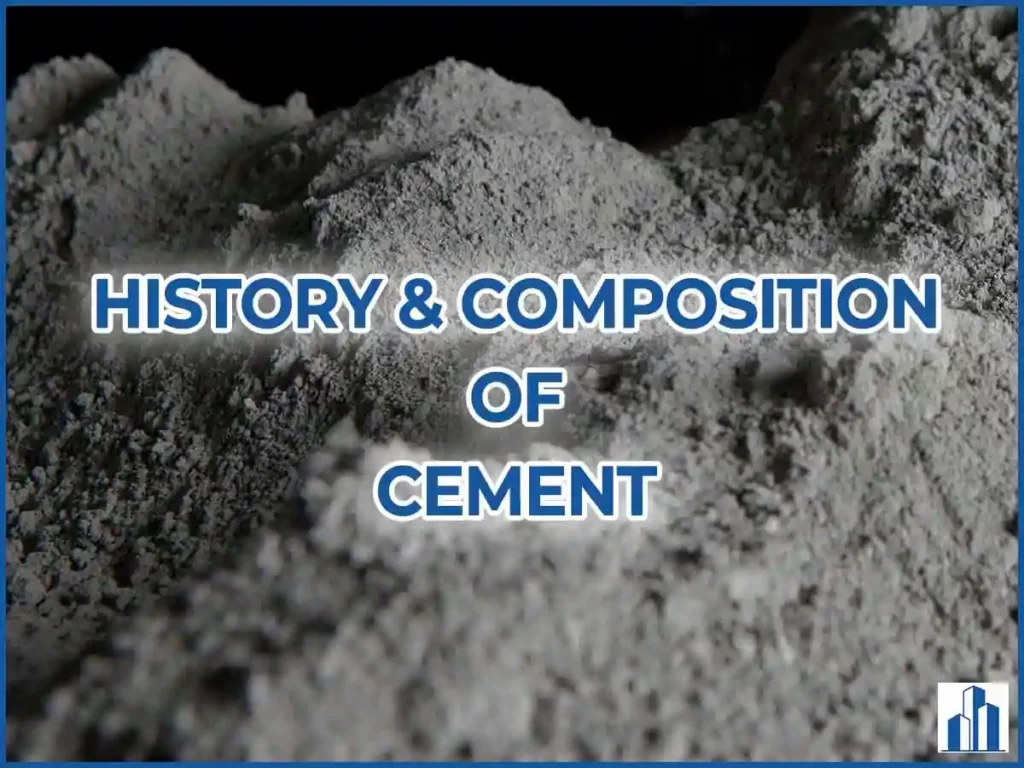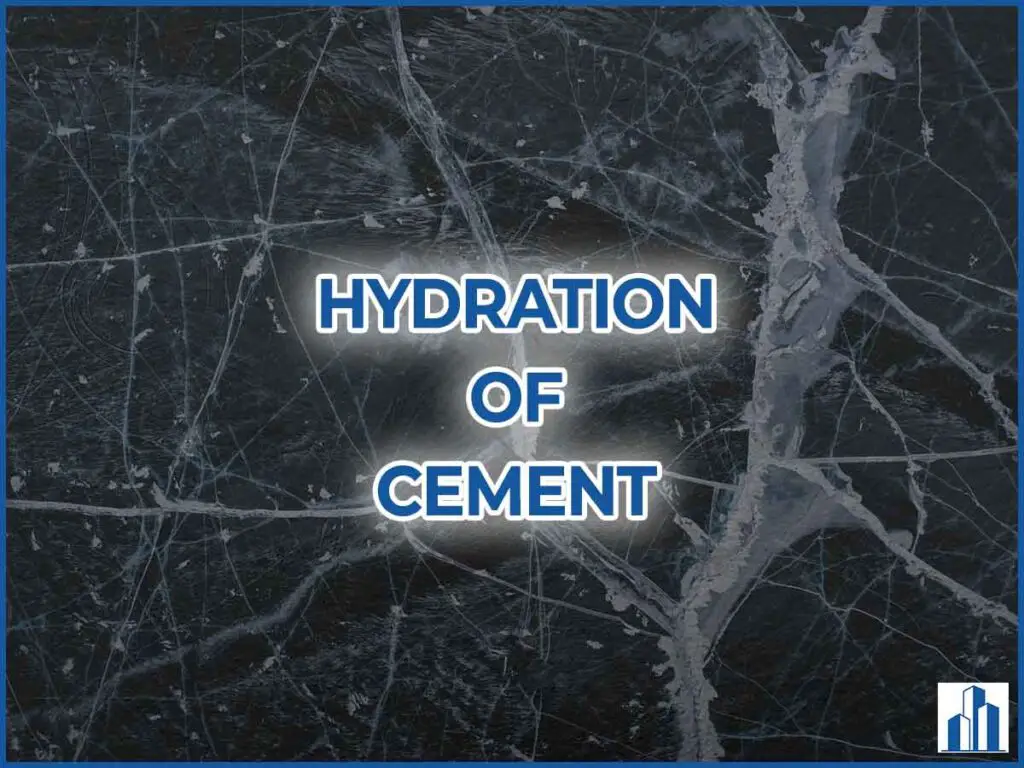The pozzolans can be grouped into two major categories namely,
- Natural Pozzolans
- Artificial Pozzolans
The natural pozzolans have lost their popularity because of the availability of more active artificial pozzolans. In this article, we will discuss about the artificial pozzolans. Some of the important artificial pozzolans are
- Fly Ash
- Silica Fume
- Ground Granulated Blast Furnace Slag (GGBFS)
- Rice husk ash
- Metakaolin
If you want more information about pozzolans, click here.
Since these artificial pozzolans are used as cement-replacing materials, it is sometimes called as mineral admixtures.
1. Fly Ash
Fly ash is a residue resulting from the combustion of coal in thermal power plants. These fly ashes were collected by an electrostatic precipitator. Fly ash is the most widely used pozzolanic material all around the world. In the U.K, it is commonly called as Pulverized Fuel Ash (PFA).
There are two ways that the fly ash can be used,
- Intergrinding fly ash with cement clinker at the factory itself and producing PPC cement.
- Mixing fly ash as an admixture during concrete preparation at the site.
The second one has much better flexibility regarding the addition of fly ash but at the same time, due importance must also be given to the quality of the concrete.
Approximately, 15 to 35% of Ordinary Portland Cement is replaced with Fly ash in Portland Pozzolana Cement.
ASTM broadly classifies fly ash into two categories,
- Class C – Fly ash produced by burning lignite or sub-bituminous coal. It has CaO content greater than 10%. Class C fly ash has both Pozzolanic and cementitious properties.
- Class F – Fly ash produced by burning anthracite or bituminous coal. It has a CaO content of less than 5%. Class F fly ash has Pozzolanic Properties only.
Structure of fly ash
Fly ash has a spherical shape. It has a larger spherical structure which consists of smaller spherical particles. They are,
- Cenosphere – Small hollow sphere with entrapped gas
- Plerosphere – Large hollow sphere with many cenospheres inside them.
Uses of fly ash in concrete
- Use of the right quality fly ash results in the reduction of water demand for the desired slump. With the reduction of unit water content, bleeding and drying shrinkage will also be reduced.
- As some part of cement is replaced by fly ash, the heat of hydration also decreases.
- The strength of the concrete at a later age increases because of the pozzolanic reaction.
- As the pozzolanic activity reduces calcium hydroxide content, the durability of the concrete increases.
- Fly ash has a spherical shape and due to its spherical shape, the workability of the concrete is found to be increased, this is also known as the Ball bearing effect.
- The use of fly ash in concrete also contributes to environmental pollution control. Cement production involves an enormous amount of CO2 By replacing cement with a certain percentage of fly ash, we can achieve two things. A waste residue is also getting reused again and the CO2 emission due to cement production is also controlled. Hence it leads to more sustainability.
Disadvantages of using fly ash in concrete
- Slower strength gain at the initial stage
- Initial Setting time is increased
- Using poor quality fly ash can affect the strength and durability of the concrete. The parameters for good quality fly ash are mentioned in IS 3812 – part I – 200.
2. Silica fume
Silica fume is a by-product obtained from the silicon industry. Silica fume rises as an oxidized vapor during the manufacture of silicon or ferrosilicon alloy, the gas further cools, condenses, and then collected in bags. Silica fume is also known as micro silica or condensed silica fume. It is a very reactive pozzolan among all other artificial pozzolans. The properties of silica fume are,
- It is of spherical shape
- The individual particles are extremely small, approximately 1/100th the size of an average cement particle.
- Because of its fineness, it has a high specific surface area
- It has high SiO2 content
Silica fume is available in the following forms,
- Undensified powder form
- Densified powder form
- Micro pellets form
- Slurry form
Undesified powder form is light and has a low density therefore, transportation cost is increased. The slurry is produced by mixing water and silica in equal proportions. The slurry is the easiest and most practical way to introduce micro silica into the concrete mix.

Effects of Silica fume in concrete
- Due to Pozzolanic reaction, later age strength and durability of the concrete are increased
- The workability of the concrete is reduced due to the bulk volume of silica fume
- Bleeding is reduced
- It has high Heat of Hydration at the initial stage but the total HOH produced will be less.
- Plastic shrinkage takes place therefore sufficient curing should be done.
3. Ground Granulated Blast Furnace Slag (GGBFS)
During the manufacturing process of steel, slag is obtained as a by-product from the blast furnace. It means that the molten slag is quenched with water and ground to a fineness less than or equal to that of cement. Therefore, it is called as Ground Granulated Blast Furnace Slag (GGBFS).
The chemical composition of Blast Furnace Slag is similar to that of cement. In other words, the GGBFS itself possess some cementitious characteristics, unlike other artificial pozzolans. Because of this property, sometimes GGBFS could replace cement up to 60-80%.
Clinker is hydraulically more active than slag. Hence slag should be ground much finer than cement to make it equally reactive. The cement and slag are grounded separately and then mixed together using pneumatic mixers.

Effects of GGBFS in concrete
- The replacement of cement with GGBS will reduce the unit water content necessary to obtain the same slump.
- With slag fineness of above 6000 cm2/g, bleeding is significantly reduced.
- Low Heat of Hydration
- Improve the durability of the structure due to the pore refinement process
- Increase the resistance to chemical attack
4. Rice husk ash
Rice husk is burned in a controlled environment and the residual ash is collected and used as a pozzolan. After the controlled burning, the rice husk ash contains a high amount of SiO2 with high reactivity.
Rice husk ash exhibits high pozzolanic characteristics and contributes to the high strength and high impermeability of concrete.
To reap the maximum benefits, it is advised to use 10% of rice husk ash as a cement-replacing material.
5. Metakaolin
Metakaolin is obtained from the calcination of clay (kaolinite) at a temperature of 740°C – 840°C. After burning at a high temperature, the clay kaolinite becomes metakaolin and it is a highly reactive pozzolanic material.
Unlike other artificial pozzolanas, it is not a by-product. It is made by a systematic process.
Although metakaolin showed a certain amount of pozzolanic properties, they are not highly reactive. Highly Reactive Metakaolin (HRM) is made by water processing to remove unreactive impurities to make 100% reactive pozzolan.
The HRM shows high reactivity and results in the densification of concrete. This densification results in an increase in strength and a decrease in permeability.
The high reactive metakaolin is having the potential to compete with silica fume.
Hope this article gives complete knowledge about the artificial pozzolans used in the concrete and if you have any queries leave it in the comment section.





This website is my breathing in, real fantastic design and perfect content .
Thank you so much! Glad you’re enjoying the design and content!
Youre thus great! We don’t suppose I have discover anything like this just before. So great to locate an individual with some authentic applying for grants this topic. realy thank you for beginning this particular up. this web site is something that’s needed on the web, somebody with a little originality. beneficial job for bringing one thing new to the internet!
Thank you! I’m thrilled to bring something unique to the web on this topic. Appreciate your kind words!
Hiya. Very nice blog!! Guy .. Excellent .. Amazing .. I’ll bookmark your blog and take the feeds additionally…I am glad to find so much helpful information right here in the post. Thank you for sharing.
Thank you so much! Glad to hear you found the information helpful.
As soon as I detected this internet site I went on reddit to share some of the love with them.
Very interesting read, you should look into some Online Advertising